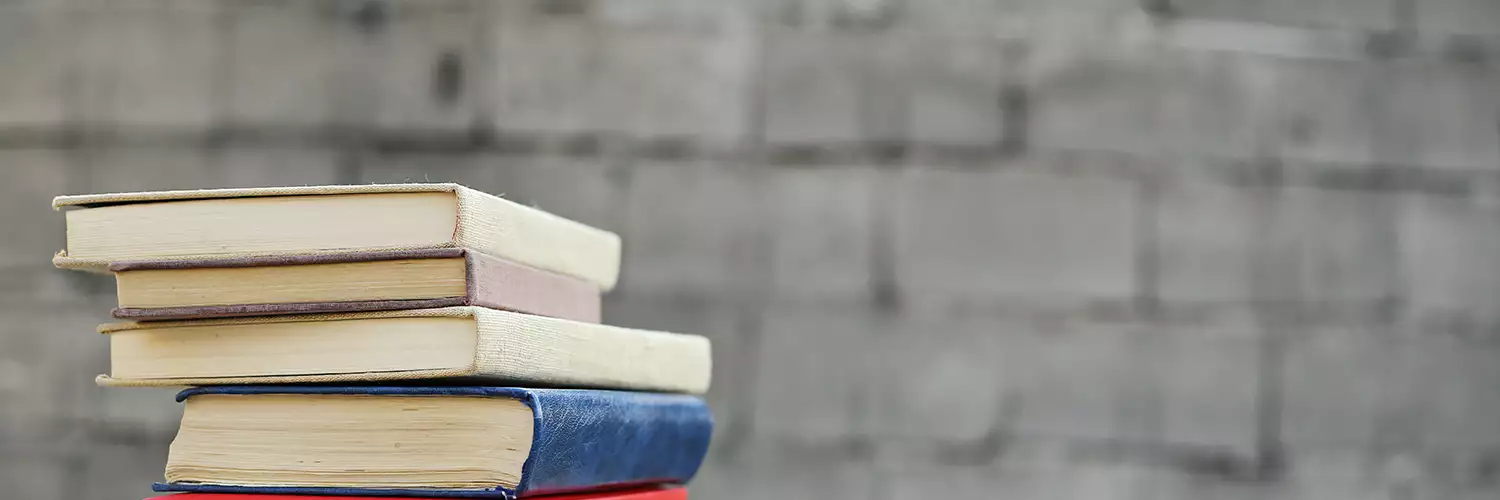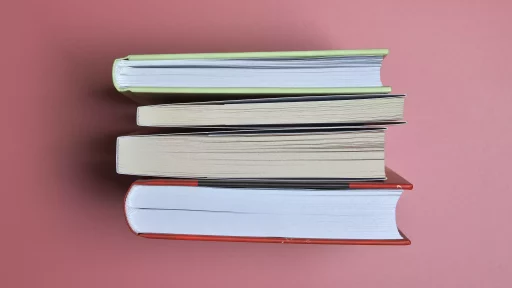Introduction to Mambo
The term “mambo” may evoke images of lively dance floors or vibrant Latin music, but its meaning extends far beyond the rhythm and movement. Mambo is a dance genre, a style of music, and a cultural phenomenon that originated in Cuba and has evolved over time. This article will explore the rich history, cultural significance, and various interpretations of the term “mambo.”
The Roots of Mambo
Mambo music and dance emerged in the 1930s in Cuba, deriving much of its influence from Afro-Cuban rhythms, jazz, and traditional Cuban son. The word “mambo” itself means “conversation with the gods” in Kikongo, a Bantu language, reflecting the deep spiritual and cultural ties of this art form.
Mambo Music Characteristics
- Syncopation and Polyrhythms: Mambo music is characterized by complex rhythms that make it exciting and dynamic.
- Instrumentation: Typical instruments include trumpets, trombones, piano, congas, and timbales.
- Tempo: Mambo music usually has a fast tempo, encouraging energetic dancing.
Evolution of Mambo Dance
Mambo dance has undergone significant transformations since its inception. Initially performed in Cuba, it found its way to the United States in the 1940s, where it gained popularity in New York City.
One of the pivotal figures in the popularity of mambo dance was Pérez Prado, a Cuban musician known as the “King of Mambo.” His vibrant orchestras and catchy rhythms played a significant role in the genre’s growth during the mambo craze in the 1950s.
Case Study: The Mambo Craze
In the 1950s, mambo reached the height of its popularity in the United States. Dance clubs were packed with people eager to learn the latest dance steps. Films like “The Mambo Kings” showcased the vibrant culture, further cementing the genre’s position in popular culture.
The mambo craze can be attributed to the strategic blending of Latin styles with jazz. This fusion attracted diverse audiences and led to mambo’s integration into mainstream music.
Mambo Today: Cultural Significance
In contemporary times, mambo continues to hold cultural significance. It remains a staple in Latin dance competitions, social dance events, and music festivals worldwide.
Mambo dance has also influenced various forms of dance, including salsa and cha-cha, showcasing its adaptability and lasting impact on the world of dance.
Mambo Around the World
While mambo has Cuban roots, its influence has spread globally. Today, different regions have their interpretations of mambo:
- Latin America: Countries like Puerto Rico and the Dominican Republic show heavy mambo influence in their music and dance.
- United States: Mambo has found new life in dance studios and clubs, with instructors teaching its fundamentals.
- Europe: Mambo festivals and competitions thrive, particularly in countries with a strong Latin dance community.
Statistics: Mambo’s Impact
The impact of mambo on the dance and music scene can be illustrated through a few key statistics:
- Over 1,000 mambo clubs and dance schools exist across the United States.
- The Mambo Revival Festival in Cuba attracts over 10,000 participants annually, signifying its ongoing popularity.
- Social media platforms have seen an increase of over 300% in mambo dance tutorial videos in the last five years, showcasing an uptick in interest.
Conclusion
The meaning of “mambo” extends well beyond a simple dance or music style; it encapsulates a rich cultural heritage, historical significance, and an enduring legacy. As we look toward the future, the vibrant rhythms of mambo will continue to echo in dance halls and musical stages around the world, forging connections across cultures and generations.





